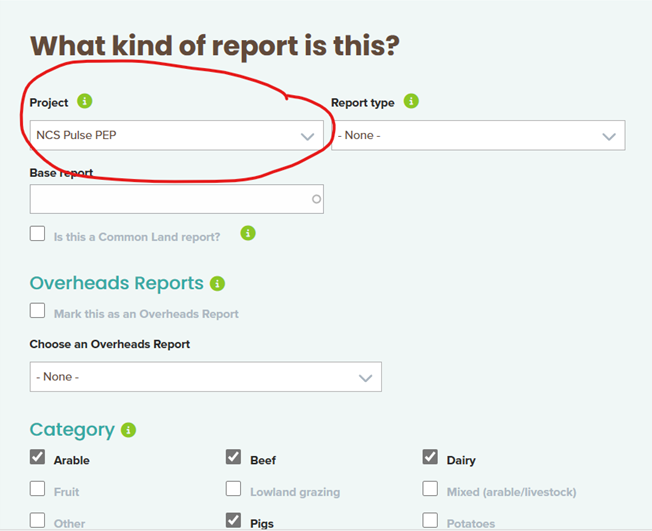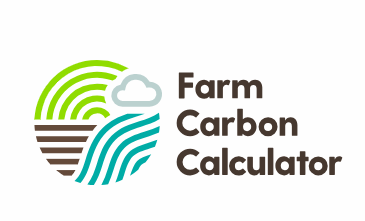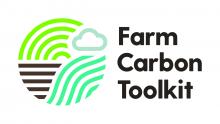Why should I Carbon Baseline my farm?
The NCS project aims to unlock the power of UK grown pulses to cut agricultural greenhouse gas emissions. A major aim of the NCS project is to investigate the climate impact of increased pulse cropping frequency on farms so we can be sure about any benefits we think we might see. In order to do this, we would like to gather data from 200 UK farms to be able to use real world information to get as robust and reliable picture as possible. The Farm Carbon Calculator from Farm Carbon Toolkit can capture this information at farm level so we have a wholistic view of the GHG impact of increasing pulse cropping frequency, taking into account all activities that different rotational choices cause on farm.
An added benefit is that the Farm Carbon Calculator will give you a personalised breakdown of emissions on your own farm, and even better - it's free!
How do I do it?
- Simply go to the Farm Carbon Calculator and login or create an account. Follow the online guidance to begin inputting to the calculator, making sure to tick the following box when asked as this will allow us to associate your data with the NCS project:

- Remember to update your carbon baseline on a yearly basis - this will help us understand how changes in pulse cropping frequency through time influences GHG emissions on farm.
I don't grow many pulses - Is my data helpful?
Yes! In order to understand the impact of increased pulse cropping frequency on greenhouse gas emissions we need to be able to compare between different cropping frequencies. For some farms that are aiming to grow more pulses in the future we will compare data through time. For others we will try and compare data between farms to look at impacts of pulses cropping frequency, and so need data from farms that have varying levels.
Can I get any help?
A how to guide is available from Farm Carbon Toolkit, alongside a data collection document, which can help you gather all the information you need. These are available by following the links or attached below.
A video detailing a step-by-step guide will be made available soon.
Also watch out for dates of help webinars to be released soon.





